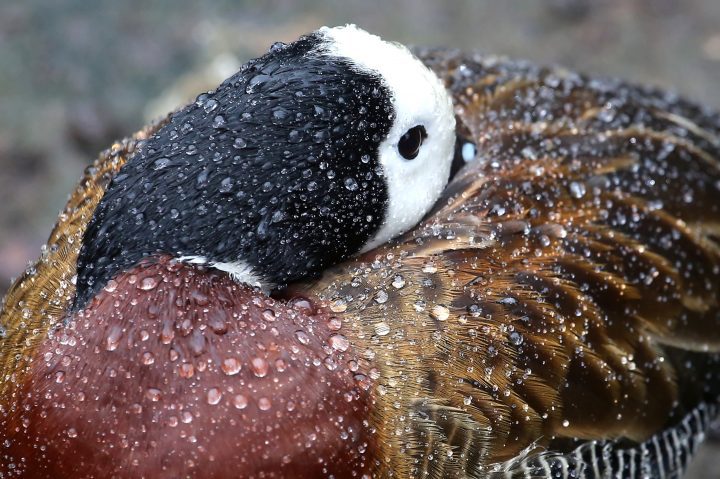Nests of foam-nesting frogs protect eggs and sperm from microbes using unique antimicrobial proteins called ranaspumins.
“The foam nests of the túngara frog (Engystomops pustulosus) [formerly
Physalaemus
pustulosus]
form a biocompatible incubation medium for eggs and sperm while
resisting considerable environmental and microbiological
assault. We have shown that much of this behaviour
can be attributed to a cocktail of six s, designated ranaspumins
(Rsn-1 to Rsn-6), which predominate in the foam.
These fall into two discernable classes based on sequence analysis and
biophysical
properties. Rsn-2, with an amphiphilic
sequence unlike any hitherto reported, exhibits substantial
detergent-like
surfactant activity necessary for production of
foam, yet is harmless to the membranes of eggs and spermatozoa. A
further
four (Rsn-3 to Rsn-6) are lectins, three of which
are similar to fucolectins found in teleosts but not previously
identified
in a land vertebrate, though with a carbohydrate
binding specificity different from previously described fucolectins. The
sixth, Rsn-1, is structurally similar to proteinase
inhibitors of the cystatin class, but does not itself appear to exhibit
any such activity. The nest foam itself, however,
does exhibit potent cystatin activity. Rsn-encoding genes are
transcribed
in many tissues of the adult frogs, but the full
cocktail is present only in oviduct s. Combinations of lectins and
cystatins
have known roles in plants and animals for defence
against microbial colonization and insect attack. Túngara nest foam
displays
a novel synergy of selected elements of innate
defence plus a specialized surfactant protein, comprising a previously
unreported
strategy for protection of unattended reproductive
stages of animals.” (Fleming et al. 2009:1787)





